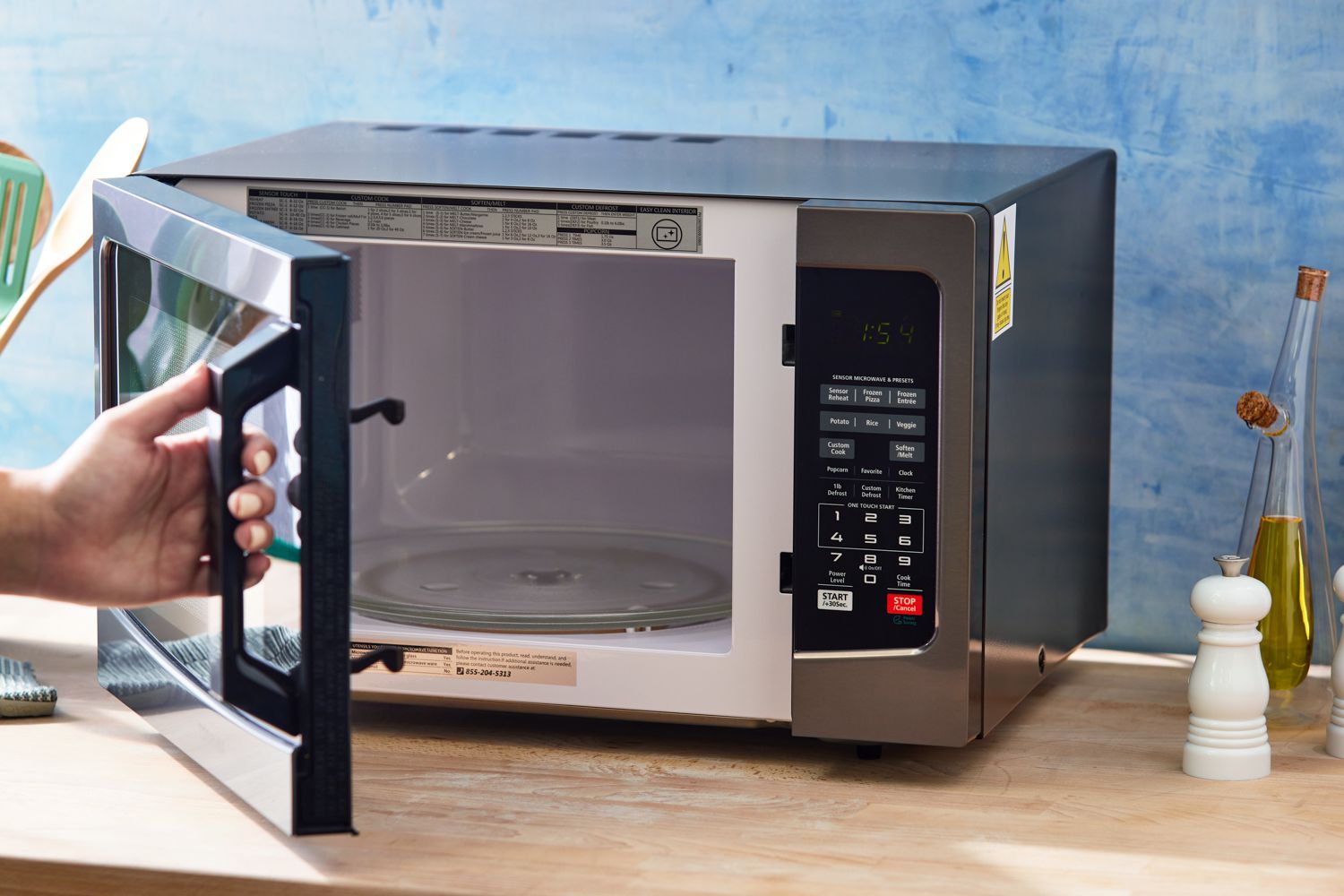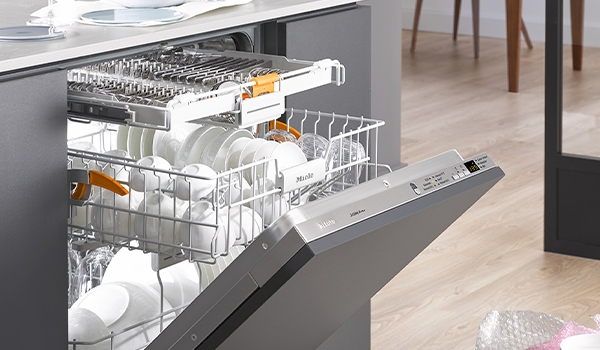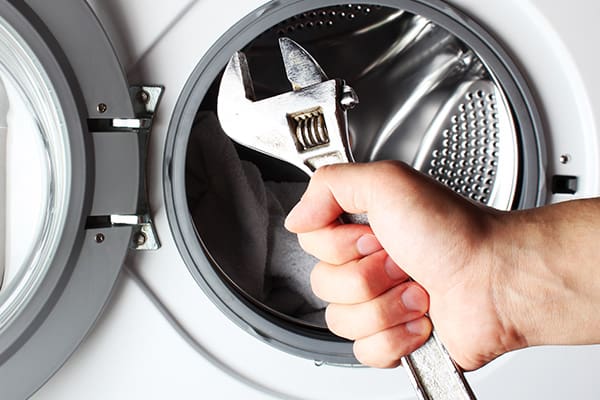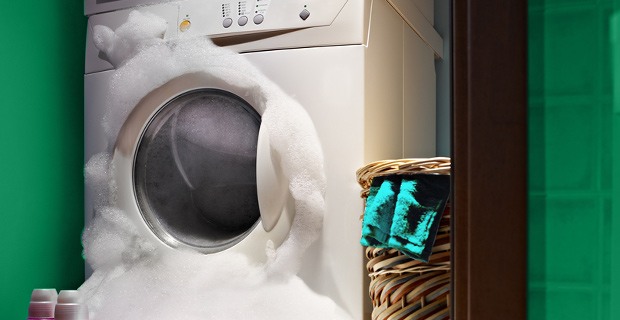How to Clean Your GE Refrigerator Condenser like a Technician
If you've ever been caught off guard by an unusually high electricity bill or have felt your fridge running a tad warmer than it should, we have your back!
Regular refrigerator maintenance isn't just some old wives' tale, it's a legitimate way to save money and extend the lifespan of your appliance. In our collective experience, the key component that often needs a good scrub is the condenser coil, especially in GE refrigerators.
So, why all the fuss about this particular component? Well, the condenser coil plays a pivotal role in your fridge's cooling process.
Importance of routine refrigerator maintenance for cost reduction and extended appliance lifespan
Let's break this down: Every electronic device, whether it's your favorite gadget or trusty old fridge, needs regular maintenance. It's all about cost savings in the long run. Consistent maintenance ensures that your fridge runs at peak performance without guzzling unnecessary power.
This not only keeps those electricity bills in check but also ensures that you don't have to bid adieu to your appliance prematurely.
Enter the condenser coil. This curly, wiry unit might look unassuming, but it's what keeps your fridge cool. Over time, it can accumulate dust, dirt, and pet hair (if you have a furry friend at home). The more gunk it has, the harder it has to work, which translates to – you guessed it – more power consumption and wear and tear.
How often should you clean GE refrigerator condensers?
Here's the golden nugget of information: GE, along with other experts in the field, suggests that the sweet spot for cleaning these coils is somewhere between every 6 to 12 months. Of course, this can vary based on factors like your home environment. Got pets? You might want to lean towards the 6-month mark or even more frequently.
By now, you're probably thinking, "Alright, but how do I know it's time to whip out the cleaning gear?" Well, guess what? We've compiled a list of tell-tale signs that scream, "Clean me!"
Signs of Dirty Condenser Coils
Impact on refrigerator performance and electricity bills
Remember the times you'd open the fridge, hoping for that burst of cool air, but were met with a lukewarm gust instead? Or when you noticed that your frozen veggies were, well, not so frozen?
Often, a dirty condenser coil is the culprit. The efficiency of your fridge's cooling system takes a hit, making it work harder. This not only wears down the refrigerator's components but also burns a hole in your pocket, thanks to increased electricity consumption.
Indicators include poor performance, fluctuating temperatures, and increased energy consumption.
Here's a simple breakdown of what to look out for:
- The freezer isn’t freezing enough: Ice cream turned to soup? Time to check those coils.
- The fridge feels warm: If you need a sweater for your veggies, something's amiss.
- Your electricity bill spikes: An efficient fridge doesn’t make you dread bill day.
- You hear the motor running non-stop: It's not a marathon, buddy. If your fridge sounds like it's training for the Olympics, the coils might be dirty.
Steps to Clean GE Refrigerator Condenser Coils
Alright, now that you're convinced of the need, let's get down to the nitty-gritty. Roll up those sleeves, and let's clean those coils!
Preparing for the cleaning process
- Powering off the refrigerator: First things first, safety. Follow the owner's manual instructions and unplug the refrigerator. We can't stress this enough - safety first!
- Gathering your tools: Arm yourself with a step ladder, screwdriver, vacuum cleaner with an appliance brush attachment, and a trusty damp cloth.
The Deep Dive into Cleaning GE Refrigerator Condenser Coils
1. Accessing the condenser coils:
- Getting to the coils: For most GE models, these coils are located at the top of the unit. You might need a step ladder to get a good look. Always ensure that the ladder is on stable ground before you climb. Not sure where the coils are? The user manual is your friend here; it usually has a diagram showing the coil location.
2. Removing the condenser grille:
- The right tool for the job: Use the appropriate screwdriver (usually a Phillips head). Keep the screws in a small container so you don’t lose them.
- Care and caution: Gently remove the grille. It's not a tug-of-war. The last thing you want is to damage the grille or, worse, the coils themselves.
3. Visual inspection:
- What are we dealing with? Before you get to the actual cleaning, take a moment to inspect the coils. Are they just dusty, or are there larger debris and pet hair?
- A little light can help: Use a flashlight if the room's lighting doesn't give you a clear view. It helps in understanding the extent of dirt and planning your cleaning approach.
4. Vacuum away:
- The right attachment: The appliance brush attachment on your vacuum cleaner is perfect for this. It's designed to be gentle yet effective.
- Gentle strokes: Begin at the top, working your way down with smooth, gentle strokes. The goal is to remove dust and debris without being too forceful.
- Angles and corners: Adjust the angle of the brush to ensure you're reaching the corners and all hidden nooks.
5. Wiping it down:
- Preparation: Dip a cloth in a mixture of warm water and a mild detergent. Wring it out thoroughly, ensuring it's damp, not dripping.
- Wipe away: Gently glide the cloth over the coils. The combination of detergent and the dampness helps break down tougher grime. Repeat this a couple of times until you're satisfied.
- Final pass: Use a dry cloth for a final wipe-down, ensuring no moisture remains on the coils.
6. Finishing touches:
- Inspect again: Before reattaching the grille, give the coils another look to ensure you haven't missed any spots.
- Secure the grille: Align the grille properly and use your screwdriver to secure it back in place. Ensure it's snug but not overly tight.
7. Power on:
- Before plugging in: Ensure your hands are dry. Safety first!
- Let it run: Once plugged in, give your refrigerator a good 24 hours of uninterrupted run time. This ensures the system gets back to optimal cooling after the maintenance.
Pro Tips:
- Safety goggles and gloves: They aren’t just for looks. They can protect your eyes from falling debris and your hands from any sharp edges.
- Pet owners: If you have furry friends at home, you might need to clean the coils more frequently, as pet hair can accumulate faster.
- Keep the space clean: Regularly vacuuming and mopping the area around your refrigerator can decrease the amount of dust that makes its way to the coils.
Recommendations for maintenance
- Frequency of cleaning: Depending on your home's environment (think pets, dust levels), consider cleaning every 6-12 months, as we mentioned earlier.
- Vacuum often: Even if you're not doing a deep clean, regularly vacuuming the area around the refrigerator helps reduce the dirt that reaches the coils.
Additional Resources
We get it. Sometimes reading isn't enough, and you want to see the process in action. There are several video tutorials available online specifically tailored to cleaning GE condenser coils. A quick search will yield helpful, step-by-step guides. Here is a good one to start with.
Mega Appliance Refrigeration Services
If you're in Cypress, Texas, and the DIY route isn't your jam, we have some ace recommendations. The technicians at Mega Appliance are skilled, professional, and use only genuine factory-made products. These guys have been our go-to for years, and they never disappoint.
Contact Details: +1 (832) 684-1190
Service Areas: Cypress, Texas, and surrounding regions
Conclusion
To sum it up, if you love your fridge (and your wallet), give those condenser coils the attention they deserve. Regular cleaning keeps your refrigerator humming at its best, saving you from unwanted repair costs and ensuring those midnight ice cream cravings are always met with perfectly chilled delights.








